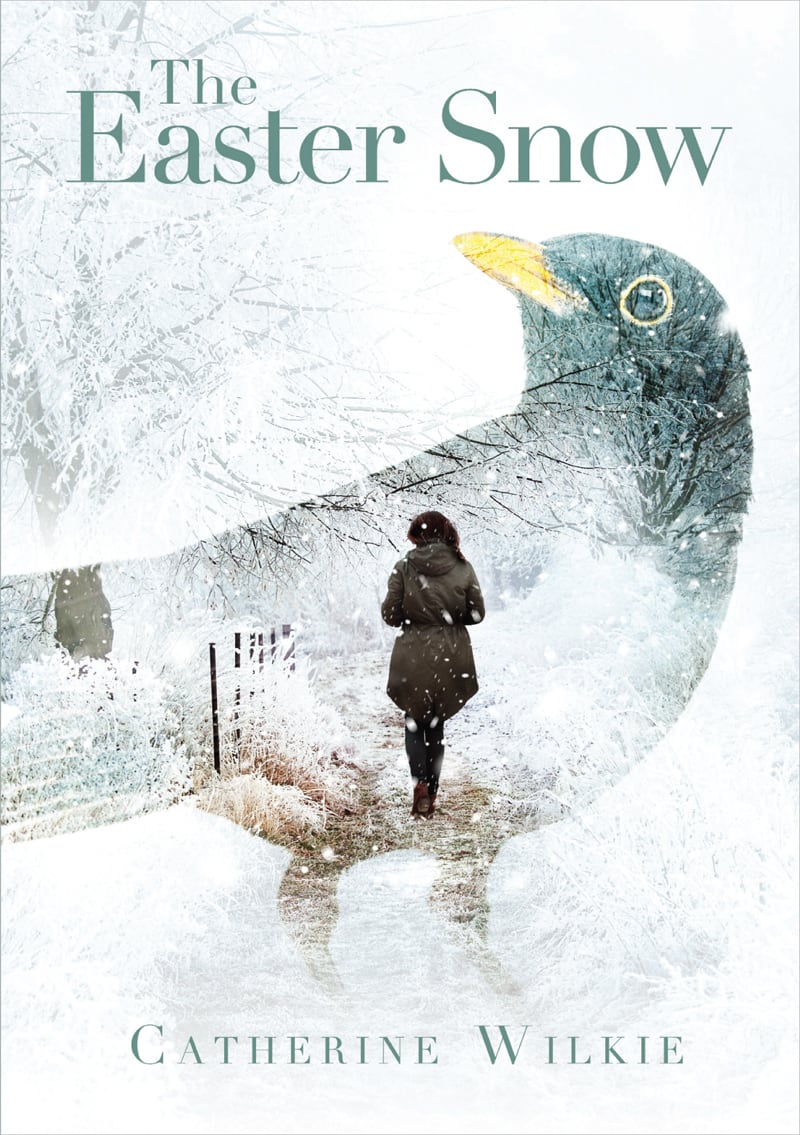I’ve always been writing. Journals, diaries, dialogue, prose, reflections, haiku, poetry… a constant stream and a great source of entertainment as I wander through the day. Images are there for sure, but it’s mostly about the words. If I’m not trying to form them into clever phrases I’m translating them into Irish, French or pigeon Spanish. One could describe it as a barrage of thoughtful nonsense going through my head at any given time. And then there’s the songs - mostly from the ’80s and ’90s when the neural grooves went deep.
It starts with a thought. And then a feeling comes. Then, I have to work my way to carve out the time from family and day job to physically sit down, and write. Only then, thought is given the freedom to merge with feeling and a picture begins to grow from words on the page. The beauty being that no two imaginings on reading those words are the same. Like the 0s and 1s of the programmer, it’s the software that reads it that brings the code to fruition.
In 2010 I decided to put these thoughts to work and I undertook a creative writing course. With great trepidation I enrolled for the Creative Writing Ink online course co-ordinated by Olive O’Brien. Working as an ecologist in the commercial world for the past 20 years, I have a keen sense of reality and practicality. But writing poetry or fiction – how useful is that when blocking drains to restore nature, and particularly bogs? I promptly ditched the self-doubt – the great smothering force of creativity – and I stepped forward to dip a little toe in the waves of writing.
The eight-week course did wonders for my confidence. There was no judgement, no negativity – just a welcoming of style and approach and effort and honesty. This was the nudge I needed, the encouragement to find my own voice in the rich and well populated world of Irish writing.

And so, a few years ago, I sat down at our kitchen table, under the window that looks out onto the majestic oaks and beeches of Charleville Forest, and I started to tap away. I didn’t stop until I had about three pages. The next day I did the same and continued in the same vein for as many days after as I could justify that time for precious writing. It was March and it was snowing. And that almost supernatural silence that snow brings on the world resonated with a thought and a feeling, and that is where the novel The Easter Snow was truly born.
I hadn’t a notion of what the story would become in those embryonic days, but it revealed itself to me slowly and surely so that by the time I got to Christmas that year I was proudly parading about the same kitchen table with a very rough and extremely un-ready first draft. Little did I know that it would be another what seems like 105 redrafts, re-reads and re-writes before I would finally press the button and publish.
The story itself is set in the midlands, spanning the period of 1950s to modern-day Ireland. We meet Marianne as she returns to Ireland, to a small town that she managed to escape over 60 years ago. In her 80s now, she manages to masquerade as a stranger in the local nursing home where she is sent to take respite. Her real purpose is to reconnect with her brother Liam who she was forced to leave behind all those years ago. She determines to make her peace with him as she enters the reflective stage of her life.
Marianne meets and is looked after by Lily, a younger woman struggling with the challenges that career and family in this modern Irish life brings. Two women, born in different worlds, sharing and surviving despite the sometime seemingly unsurmountable challenges that come their way. Over the course of winter turning to summer, snowdrops giving way to bluebells, Marianne and Lily’s entwined stories unfold as each of them realise their goals in the most unexpected of ways.
My mother’s aunt and uncle inspired this story. Separated in their teens, Paddy Young stayed on the family farm in Westmeath while Lily emigrated to New York in 1950. They were never reunited while they were alive, and barely spoke or communicated over the course of their very different lives. He was a bachelor with a passion for politics, books and cigarettes. He scraped a living from a small holding under the shadow of the Hill of Uisneach. She worked in a fashion magazine in New York. I met her there in 1995 when I was on my J1 visa, visiting the shoebox apartment in Manhattan where she lived alone with her marmalade cat. My granduncle spent his last months in a nursing home while Lily died alone in New York a few years earlier. This story is about reuniting them in some way, remembering two souls that left nothing after them but their names.
The ties that we form in our earliest stages in life can set the pattern for what comes later, and those sepia days can be joyous or painful, often both at the same time. The Easter Snow is written to merge my own thoughts and feelings on those ties that bind, and how we can overcome pain and separation to become whole again when we must ultimately, return to the start.
Catherine Wilkie (nee Farrell) is a native of Co Westmeath. She grew up in a rural community where family and community are the grounding force. As an ecologist, she endeavours to combine creativity and working with nature alongside the day-to-day adventures of ordinary life. The Easter Snow is a celebration of the ordinary yet extraordinary men and women of the midlands of Ireland, and of how we are all bound and connected in some wonderful, humbling way. This is her first novel. The Easter Snow is available to buy at catherinewilkie.ie or contact / follow the author on Twitter @seewilkie











